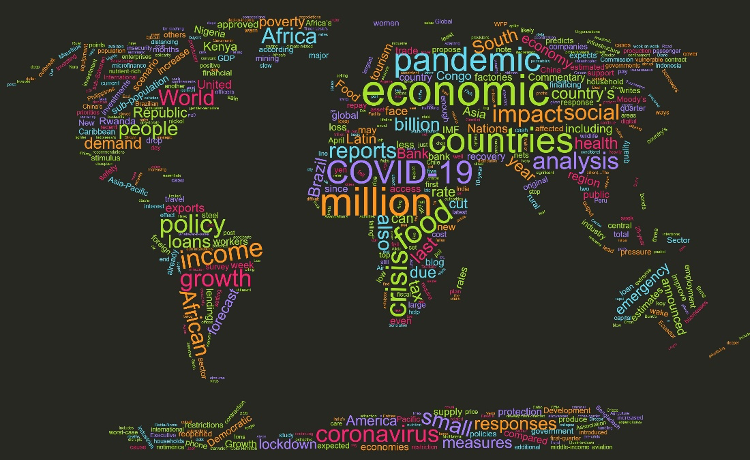The Effects of COVID-19 on the World Economy: A Case Study

The COVID-19 pandemic, which emerged in late 2019, triggered an unprecedented global health and economic crisis. Its effects rippled across industries, economies, and societies, causing supply chain disruptions, mass unemployment, and accelerating digital transformation.
In this case study, we examine the key effects of COVID-19 on the world economy and highlight important lessons for future resilience.
Global Economic Contraction
In 2020, the world faced one of the worst economic contractions in modern history:
- The global economy shrank by 3.4% according to the International Monetary Fund (IMF).
- Major economies including the United States, European Union, United Kingdom, and Japan slipped into deep recessions.
- Emerging markets such as India, Brazil, and South Africa reported unprecedented GDP declines.
The shock was simultaneous and global—rare in economic history.
Sectoral Impact Overview
Travel and Tourism
- International tourist arrivals plummeted by 74% in 2020 (UNWTO).
- Airlines, hotels, and the broader travel industry faced record losses, leading to bankruptcies and mass layoffs.
Manufacturing & Supply Chains
- Factory shutdowns in China and Southeast Asia caused global supply chain paralysis.
- Shortages in semiconductors, medical supplies, and consumer goods led to inflation and production delays worldwide.
Oil and Energy
- Crude oil prices briefly turned negative in April 2020, a historic first.
- Lockdowns reduced global energy demand drastically, affecting oil-exporting economies.
Financial Markets
- Stock markets crashed in March 2020, wiping out trillions of dollars in value.
- Rapid interventions by central banks—including the US Federal Reserve and European Central Bank—helped stabilize markets.
Digital Acceleration
- Remote work, e-learning, and digital payments exploded.
- Tech giants like Amazon, Microsoft, and Zoom thrived, while traditional brick-and-mortar businesses struggled.
Employment & Inequality
- 255 million full-time equivalent jobs were lost globally in 2020 (ILO).
- Informal workers, women, and youth were disproportionately affected.
- The pandemic widened the global income and digital divide, worsening existing inequalities.
Government Interventions
Governments launched massive interventions to soften the blow:
- United States CARES Act: $2 trillion stimulus package.
- European Union Recovery Fund: €750 billion to rebuild economies.
- Aggressive monetary policy (interest rate cuts, asset purchases) and fiscal expansion became the norm worldwide.
Case Study: India’s COVID-19 Economic Impact
India presents a vivid example of both the economic toll and the resilience sparked by the pandemic:
- India’s economy contracted by 7.3% in FY 2020-21, its worst performance in decades.
- Over 120 million workers lost their jobs during the initial lockdowns.
- The government launched the Atmanirbhar Bharat (Self-Reliant India) stimulus plan to boost manufacturing, digital services, and rural employment.
- Sectors such as digital payments, IT services, and e-commerce rebounded strongly, showcasing India’s digital potential.
Recovery & Outlook
The global economy bounced back sharply in 2021:
- Global GDP grew by 6.1% in 2021 (IMF), although recovery remained uneven between advanced and developing economies.
- Persistent risks include:
- Inflationary pressures
- Supply chain disruptions
- Geopolitical tensions (notably the Russia-Ukraine conflict)
- The acceleration of green energy and digital transformation remains a lasting legacy of the pandemic era.
Key Lessons & Conclusion
The COVID-19 pandemic exposed the fragility of global systems but also spurred transformative change. Key lessons include the need for:
- Resilient supply chains that can withstand global shocks.
- Accelerated digital adoption across industries.
- Inclusive economic policies to protect vulnerable populations.
- Global cooperation in both healthcare and economic recovery.
COVID-19 reshaped the global economy, forcing businesses, governments, and societies to rethink priorities and prepare for an era defined by resilience, innovation, and agility.
Data as of mid-2023. Sources: IMF, World Bank, ILO, WTO.